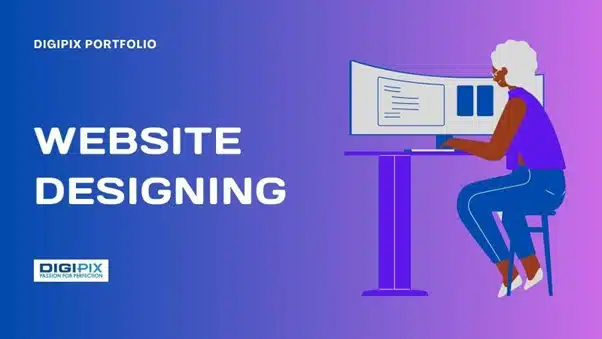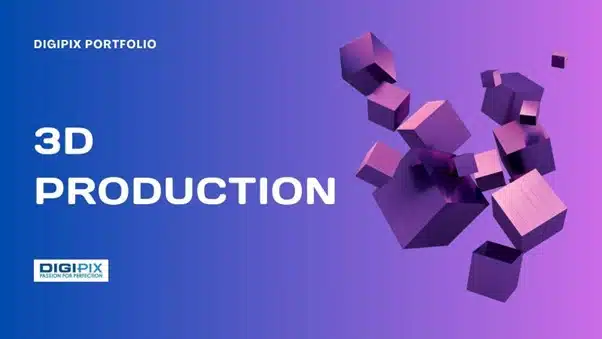ENHANCE YOUR BRAND WITH 3D PRINTING SOLUTIONS
3D PRINTING SERVICES
Request A Quote
Experience 3D Printing Unlike Anything Before!
3D printing is revolutionizing the way businesses prototype, manufacture, and deliver products, bringing design concepts to life with unparalleled precision and speed. At DigiPix Inc., we specialize in creating tailored 3D printing solutions that empower brands to innovate, offering everything from prototyping and small-batch production to full-scale manufacturing support. Let us bring your ideas to life with groundbreaking 3D solutions.

Custom 3D Prototyping
From initial sketches to intricate models, our team brings your ideas to life in stunning detail. We work closely with your brand to develop prototypes that capture the essence of your design, allowing for refined testing and optimization before final production.
Rapid 3D Printing Production
Experience fast, reliable 3D printing production tailored to your needs. Our rapid 3D printing services are ideal for small batches, allowing you to bring products to market quickly and efficiently while minimizing waste and cost.
3D Product Design for Manufacturing
Transform your concept into a ready-for-market product with our 3D design services. We create durable, cost-effective models optimized for full-scale manufacturing, making sure every detail aligns with your vision and industry standards.
Customized 3D Printing for Marketing and Events
We make a memorable impact with branded 3D products for events, promotional campaigns, and trade shows. From mini product replicas to interactive displays, our 3D printing services improve customer engagement and make your brand unforgettable.
3D Printing in Education and Training
Enhance learning and engagement with tangible 3D models for educational purposes. Ideal for STEM fields, our 3D-printed modules make complex topics more accessible, fostering hands-on learning and deeper comprehension.


Why Choose Our Services?
At DigiPix Inc., we believe 3D printing is not just about creating objects; it’s about driving innovation, enhancing brand experiences, and solving real-world challenges. Research shows that the 3D printing market in Canada is expected to reach US$700 million by 2028. Our team of experts leverages cutting-edge printing technologies to deliver solutions that meet your specific needs, be it prototyping, custom manufacturing, or educational tools. As the demand for 3D printing grows, DigiPix stands ready to help your business thrive in this dynamic field.
OUR WORKING PROCESS

DESIGNING
Meet the creative minds who turn ideas into stunning visuals. Our designers blend innovation with artistry to make your brand shine and stand out.

CONTENT WRITING
Our content writers are nothing short of wordsmiths. They use their inner drive and motivation to create engaging content that can captivate your audience.

DEVELOPMENT
When it comes to coding and creating websites, our developers are the best in the industry. They create high-performing websites and apps, delivering quality results.
Portfolio
Reviews
500+
Satisfied Customers
Your journey to digital success starts with our clients' stories.

The quality and attention to detail in DigiPix’s 3D models were outstanding. It made a significant impact on our marketing efforts.

DigiPix’s 3D printing services helped us create prototypes that fast-tracked our product development. Highly recommended!





